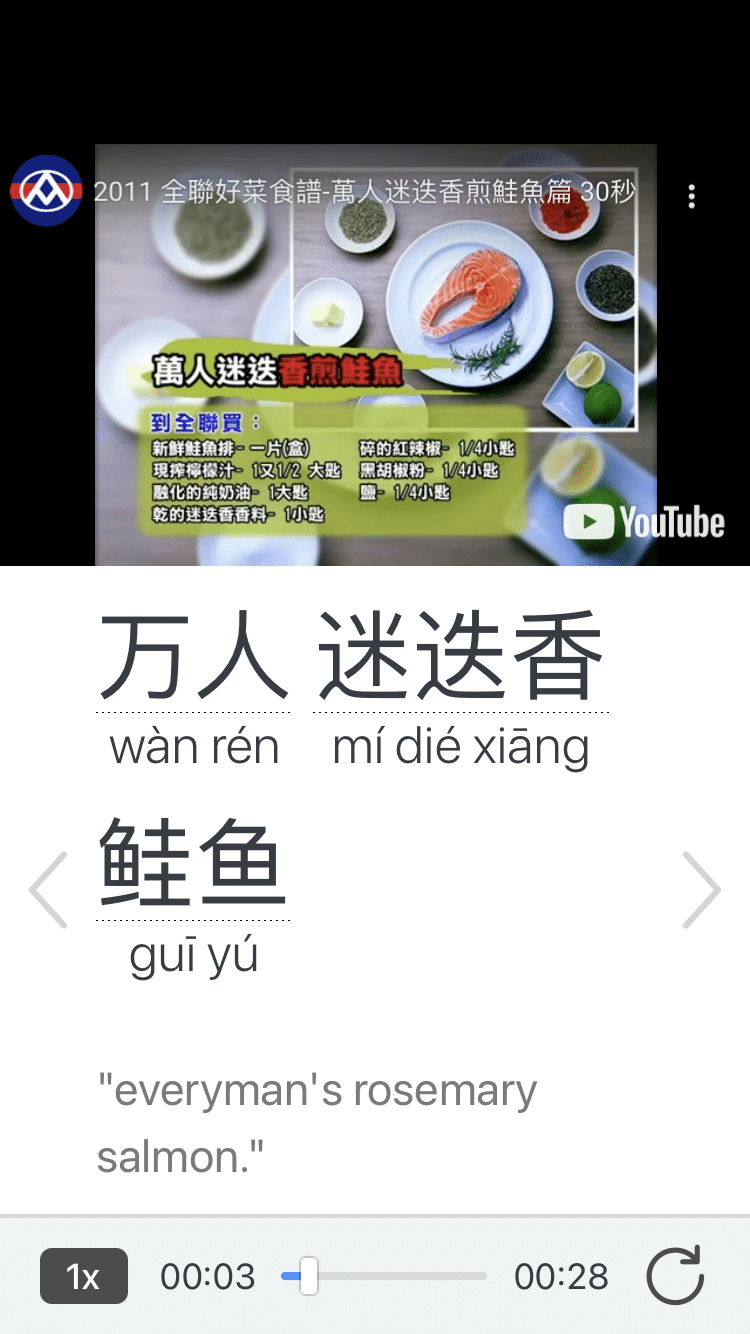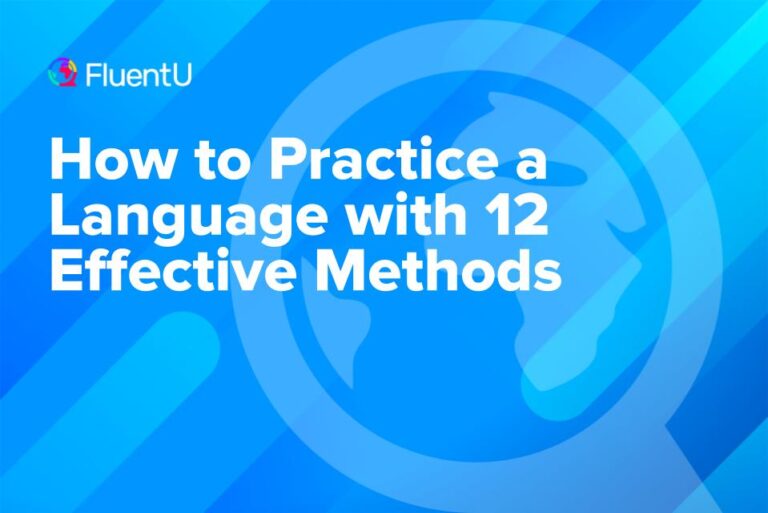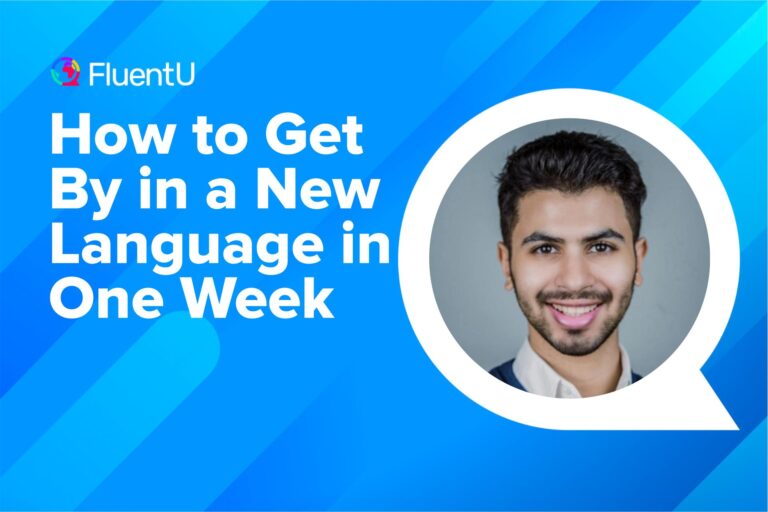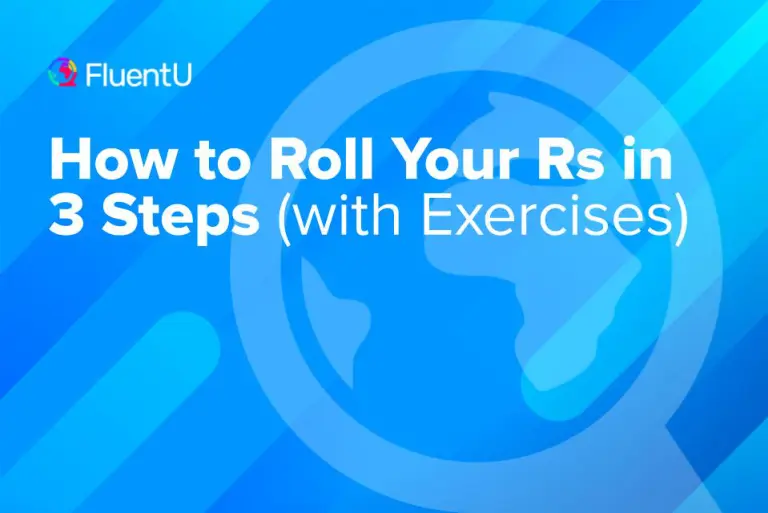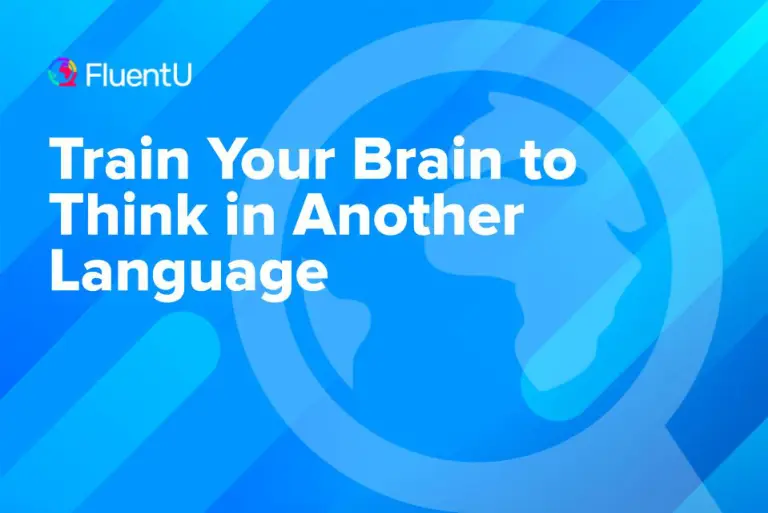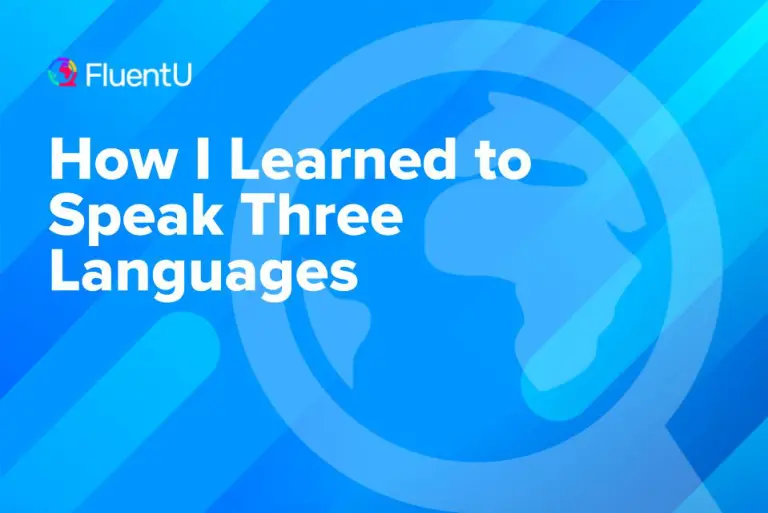Sentence Mining: What It Is and How to Use It
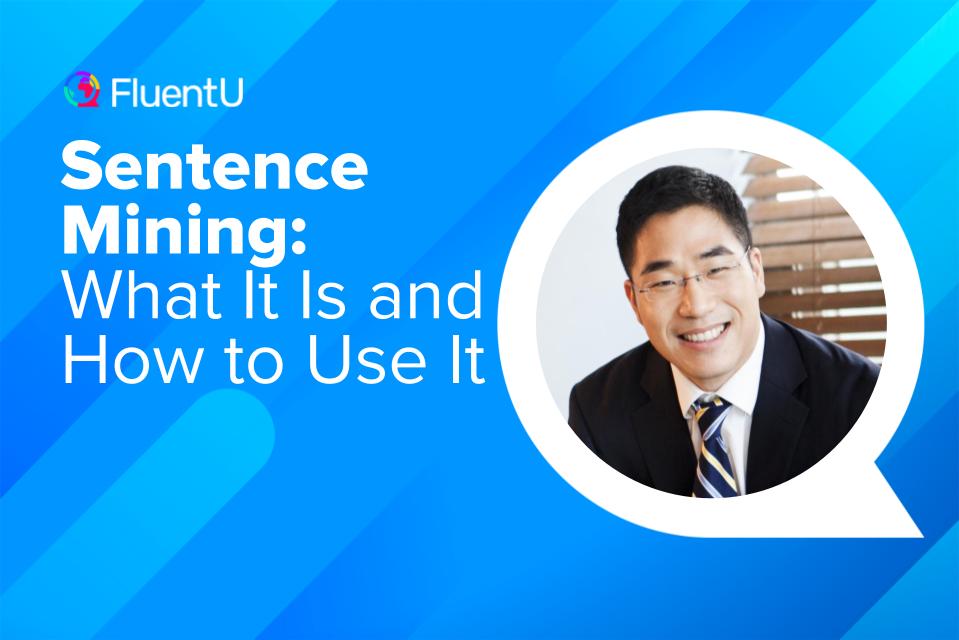
Sentence mining is learning languages by collecting, saving and reviewing sentences. This is very different from the more traditional approach of memorizing long vocabulary lists where you often lack the context and examples needed to fully understand new words and how to use them.
With sentence mining, you’re committing whole sentences to memory, often by using spaced repetition methods. Discover how to sentence mine so you have the context needed to learn new vocabulary in the long run.
Download: This blog post is available as a convenient and portable PDF that you can take anywhere. Click here to get a copy. (Download)
Why Does Sentence Mining Work?
Sentence mining works for several reasons:
- It helps you create mental associations with what you already know. The sentences give you a “place” in your brain where you can attach the new vocabulary or grammar.
- It exposes you to vocabulary terms in different contexts. This accelerates your learning in the same way that you would get to know a person faster if you saw them in multiple social settings.
- Vocabulary is nuanced, like people. Just like you don’t truly “know” someone by knowing their name, you don’t truly “know” a word just by knowing its definition.
Essentially, sentence mining is useful because it helps you master a word more quickly while truly understanding how and when it should be used.
How to Start Sentence Mining
1. Select the right learning content
Comprehensible input is the key to successful sentence mining.
Comprehensible input is “one level” above where you actually are in your language learning, meaning that you can understand the general ideas of the content even though you don’t know every word or grammar pattern.
Using this type of content for your language studies may seem like it’ll be slow going, but many find that the opposite is actually the case.
That’s because you get the positive reinforcement from recognizing words and structures you already know, while gathering contextual knowledge of the ones you don’t.
You can tailor your sentence mining content to the type of language learning you’re trying to do. That is, if you’re looking to improve your reading and writing skills, find some stories or news articles that are a step above your level. For listening and speaking practice, video and audio content is ideal.
2. Look for the right sentences and words
Now, even when you have the best learning content, not every sentence you come across can or even should be mined.
You should be looking for sentences that contain only one word or grammar structure that you don’t know.
A sentence with multiple unknown elements poses a few problems. For example, if you have a sentence with three unknown words you want to learn, you could run into these issues:
- Accidentally linking the meanings in your mind, even though the words aren’t actually related.
- Forgetting just one of the three, meaning you don’t know the sentence/flashcard even if you remember the other two.
- Spending more time and effort trying to internalize three new elements at the same time.
It’s much more effective to learn one word or grammar pattern per sentence.
You still don’t need to study every new word you come across, however. Here are some criteria for selecting words and grammar structures to learn via sentence mining:
- Will it be useful in casual, everyday conversation?
- Does it have multiple unique meanings?
- Have you seen or heard it often in other authentic material?
- Is it essential for understanding the content you’re consuming now?
- Are you interested in learning it?
If you answer yes to any of those questions, it’s probably a good word/structure to include in your sentence mining practice.
3. Create sentence flashcards
Here is the meat of the sentence mining study method. Whenever you find a sentence with a word you want to learn, you’re going to create a flashcard.
There are a few different ways you can do this, but the simplest is this:
- On one side of the card, put the entire target-language sentence.
- On the other side, write the definition of the unknown word.
That’s it—really!
Okay, that’s all you need to be successful, but you can step it up a notch. If you’re using a digital flashcard program, you can do it like this:
- Put the target-language sentence on the front of the card.
- On the back, put the word definition alongside audio of the word, a screenshot of the word in use or both.
Sentence Mining in Action
Need an example of how this really works?
First, find a resource that can provide a steady supply of accurate sentences, like FluentU. Next, select your words and sentences. Finally, create your flashcards. After you’ve created 10 or so cards for your study session, you’ll want to periodically review them.
With FluentU, you hear languages in real-world contexts—the way that native speakers actually use them. Just a quick look will give you an idea of the variety of FluentU videos on offer:
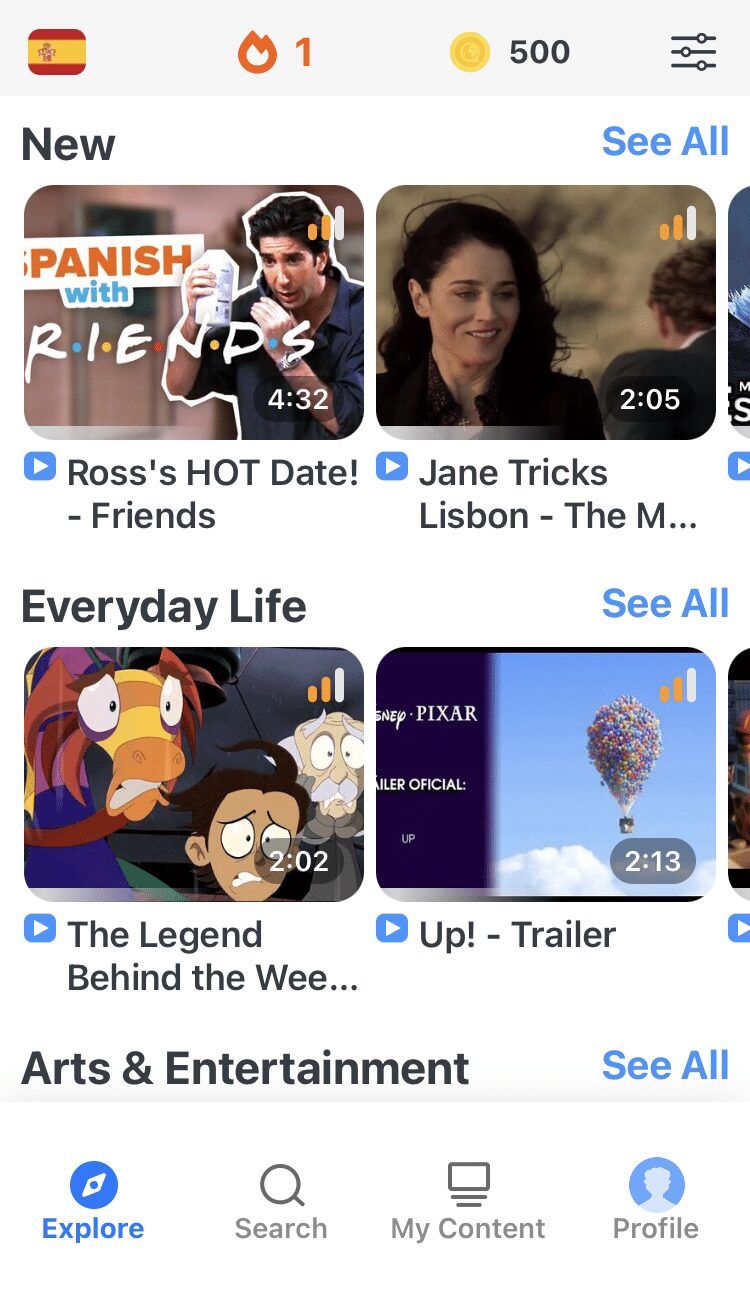
FluentU really takes the grunt work out of learning languages, leaving you with nothing but engaging, effective and efficient learning. It’s already hand-picked the best videos for you and organized them by level and topic. All you have to do is choose any video that strikes your fancy to get started!
Each word in the interactive captions comes with a definition, audio, image, example sentences and more.
Access a complete interactive transcript of every video under the Dialogue tab, and easily review words and phrases from the video under Vocab.
You can use FluentU’s unique adaptive quizzes to learn the vocabulary and phrases from the video through fun questions and exercises. Just swipe left or right to see more examples of the word you're studying.
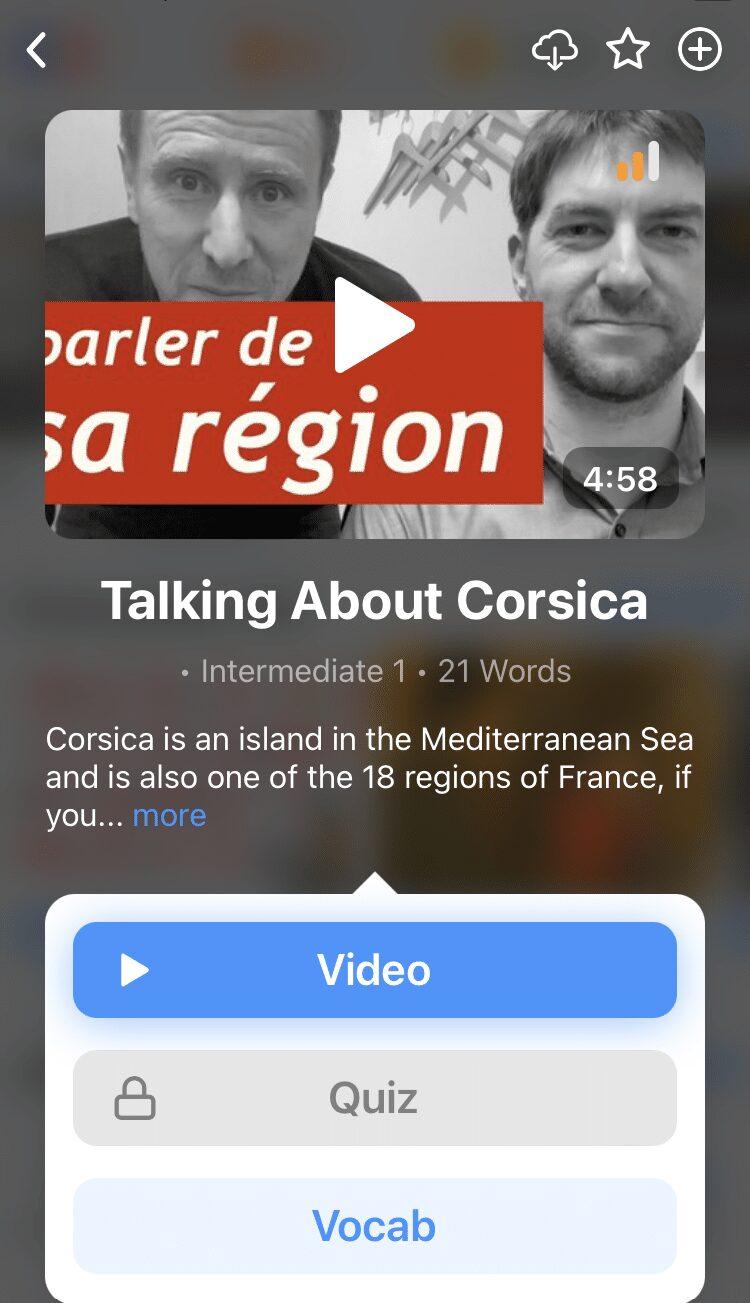
The program even keeps track of what you’re learning and tells you exactly when it’s time for review, giving you a 100% personalized experience.
Start using the FluentU website on your computer or tablet or, better yet, download the FluentU app from the iTunes or Google Play store. Click here to take advantage of our current sale! (Expires at the end of this month.)
However you choose to approach it, sentence mining can take you to the next level of your language learning journey very quickly.
Good luck, and happy mining!
